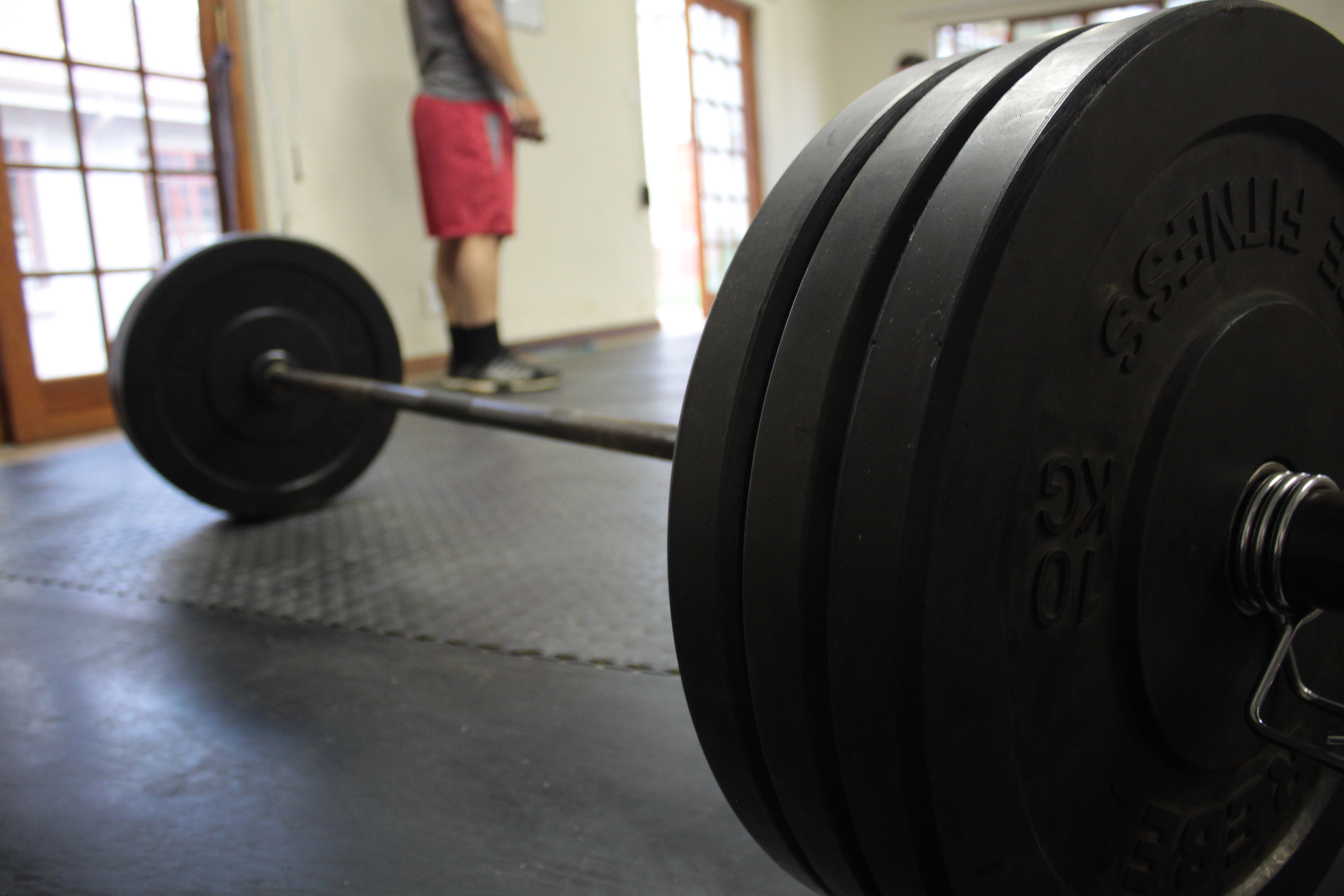Strength is critical for sports performance. This is a common topic for my social media posts and it is one that is not grasped by a lot of athletes and coaches. We’re going to use today’s post to discus why this is the case, in general how it is trained for, and when it is too much.
You Need To Be Strong
Sports involve moving your body, quickly. Sometimes it involves moving an implement like a shot put, baseball bat, or a golf club or it involves moving another person like a defensive lineman in football. In other words, sports involves exerting force against something or someone.
Sports also involves exerting force against the ground. Now, there are some obvious examples of this. For example, when sprinting from point A to point B you are exerting force against the ground. When jumping, you are pushing yourself off the ground. But, you are also exerting force against the ground when you throw something, swing a baseball bat, throw a punch, kick, etc.
There’s one other thing to consider, in sports we care about power. This is the ability to exert force quickly. Yes, there is a huge speed component in power – but there is also a huge strength one. You need both qualities.
The words “exerting force” are used a lot in the above three paragraphs. The textbook definition of strength is the maximal amount of force that one can exert. In other words, strength is a critical foundational ability to just about everything that you do in sports.
How To Train For Strength
To get better at anything, you have to train it. So if you want to become stronger, you have to train with heavy weights over a long period of time. In addition, athletes have to get the most out of limited training time. With the above in mind, here are some things to consider when training for athletic strength:
- Beware variety: Elite powerlifters change up their programs every few weeks, so do elite Olympic lifters and bodybuilders. This can be extremely distracting for someone attempting to build a strength foundation. It’s best to focus on one or two exercises each for squatting, pulling from the ground, pushing, and pulling with the upper body. This will give you some variety, but it will also allow you to become really strong. Otherwise, too much variety means that you may not be bored but you never really get strong.
- You have to squat: Everything in sports involves pushing against the ground. The squat and its variations is all about training you to push against the ground. These exercises have to be in your program.
- Train your entire body: I like to organize strength sessions so that the entire body is trained that day. This is because it’s almost impossible to perform sports with just your lower body, just pressing, or just pulling. In sports, your entire body must work together. As a result, you need to train that way too.
- Strength is a skill: Skills have to be constantly practiced to be improved. That means that, while you may have strength-focused blocks of training, you need to train it some year-round. The way I do this is to have at least one session each week devoted to total-body strength.
- It’s uncomfortable, that’s the point: To train for strength, you have to train heavy enough to improve that quality. That means training at 85% of maximum or more in each session. This is uncomfortable, but it is the only way to develop this quality.
When Is It Too Much?
A surprising number of coaches and athletes are worried about becoming “too strong.” A few thoughts here: first, this is unlikely. Most athletes won’t train long enough, consistently enough, with a serious enough focus on strength to get there. Second, if athletes are sprinting, jumping, throwing, and performing variations of the Olympic lifts in their training then it is unlikely that a strength emphasis is going to make them slow.
Now, having said that, there is one area of concern. When we get athletes who have trained for a lifetime reach that point where they are approaching their ceiling in terms of strength, then we have to ask ourselves if there is a point where the amount of time/intensity that will require adding a few more pounds to a lift is worth the time investment and worth the injury risk. But, very few athletes are truly ever going to get to that point.


